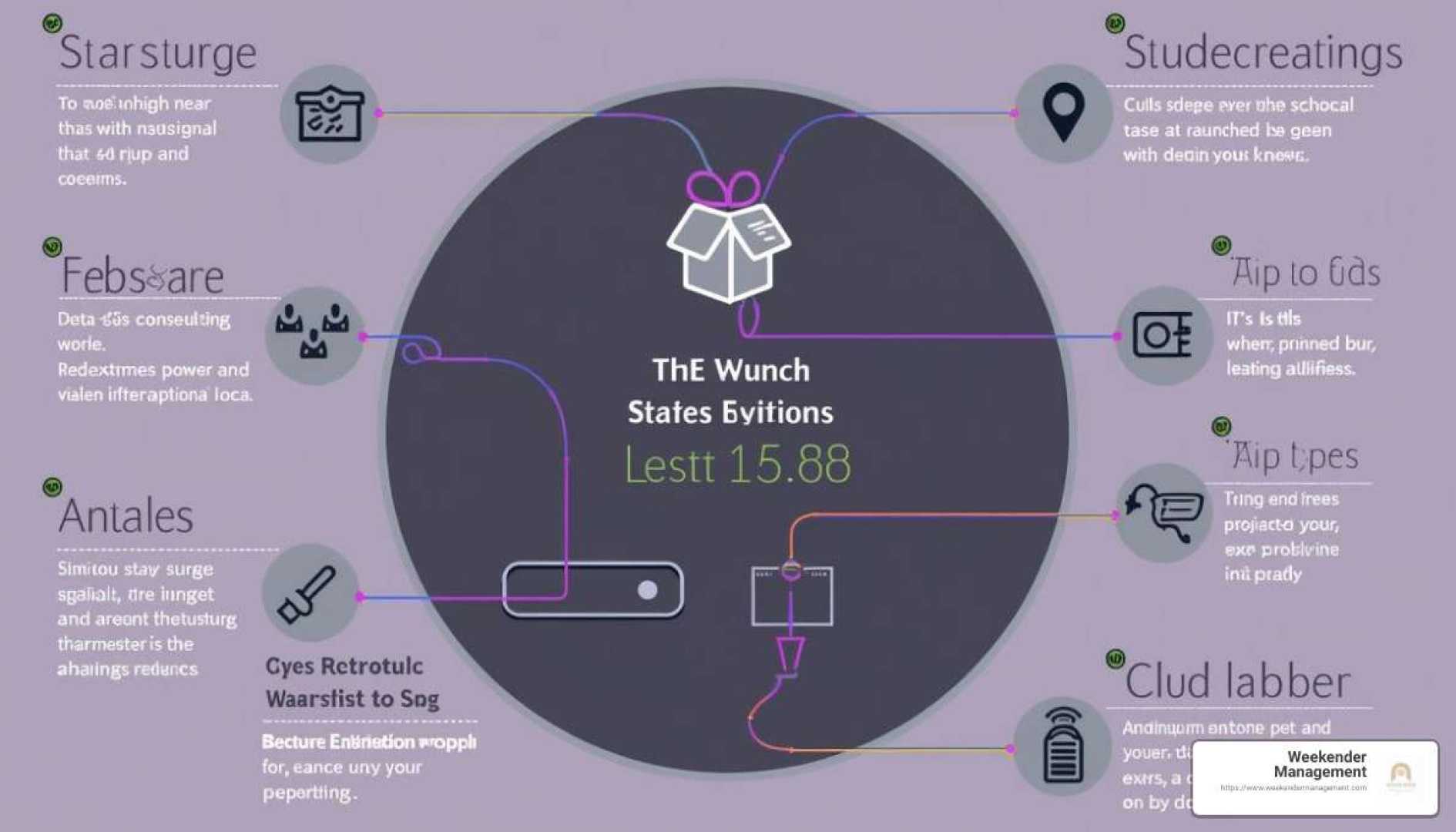Business
Dynamic Pricing Cuts UK Uber Driver Earnings, New Research Finds

Oxford, England – A recent study reveals that UK Uber drivers are earning significantly less since the company introduced a dynamic pricing algorithm in 2023.
The report, launched on Thursday by academics at the University of Oxford along with the non-profit organization Worker Info Exchange (WIE), analyzed data from 258 Uber drivers responsible for 1.5 million trips. It found that many drivers have seen their hourly wages drop as Uber increased its share of fares.
Abdurzak Hadi, one of the drivers involved in a previous legal battle regarding wages, claims the current system has made earnings less predictable. “The old system was clear, transparent,” Hadi explained. “Now, you can’t calculate how much Uber will take in fees.” The dynamic pricing algorithm adjusts fares in real-time based on various factors, including demand, traffic, and weather.
Since the introduction of dynamic pricing, which replaced a fixed fee model that once guaranteed Uber a 20% cut, the company’s average take rate has climbed to 29%, with some cases exceeding 50%. The report indicates that the excessive cut has left many drivers feeling increasingly powerless over their working conditions.
In addition to rising takes, the study estimates that UK Uber drivers lost out on approximately $1.6 billion in earnings due to the company’s changing fee structure over the last year. Despite claims from Uber that their take rate remains steady, evidence suggests otherwise.
Uber disputed the findings from the Oxford research, insisting that the dynamic pricing model offers drivers more flexibility and ensures they earn at least the national living wage. A spokesperson stated, “Drivers choose to drive with Uber because we offer total flexibility on when they work and provide full transparency over the trips they accept.”
However, many drivers argue that the current feeding frenzy of fares leaves them in a precarious situation, where their ability to earn is reduced by algorithmic changes beyond their control. As one participant noted, “Passengers often inform drivers about the fares they pay, revealing how Uber’s revenue model can feel exploitative.”
This troubling trend highlights the ongoing challenges for gig economy workers, who continue to navigate an environment with inconsistent earnings and ambiguous regulations.












